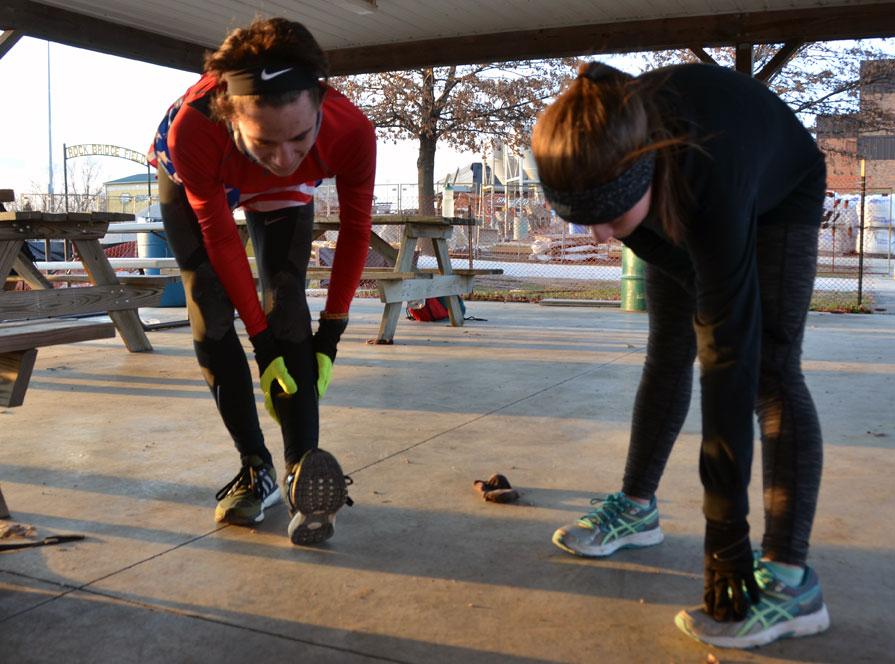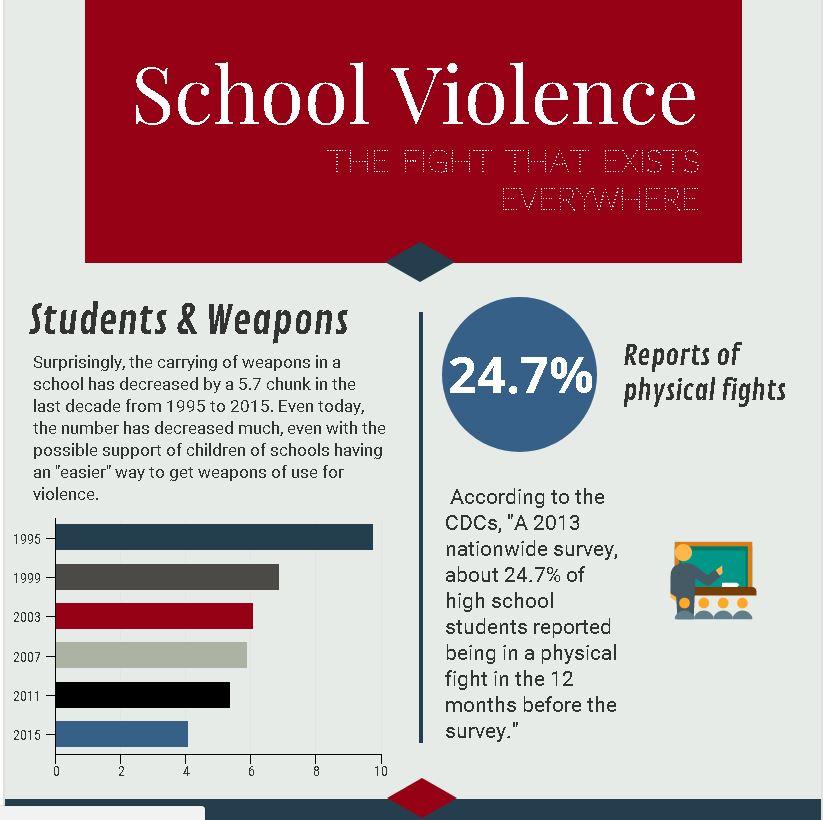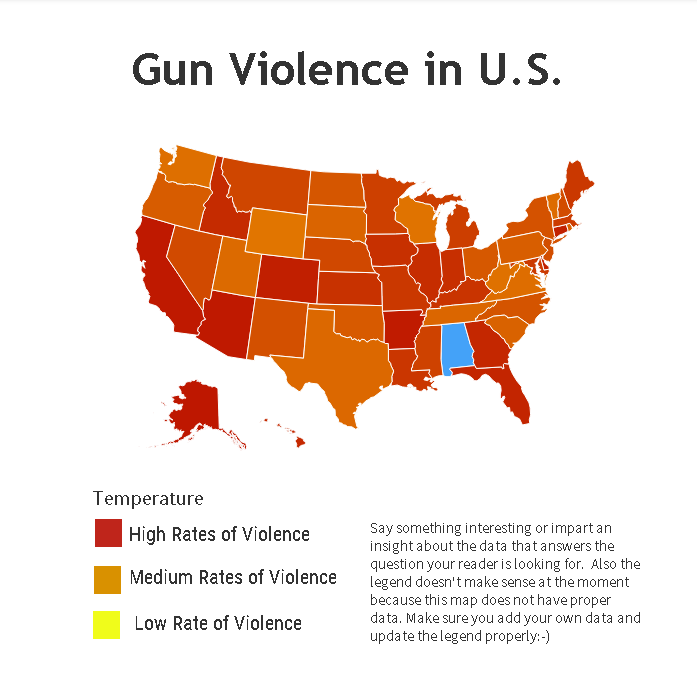Orr steps onto the field and feels a tremendous weight lifted off his shoulders. The stress of school, home and life have left him. Now, all that matters is the other players and himself. The moment his worn-out cleats sink into the deep, black turf, he is able to get rid of any and all violence inside of him. Although it may outshine other options, sports is only one way to relieve built up stress and pressure inside teens.[vc_raw_html]JTNDc2NyaXB0JTIwc3JjJTNEJTIyaHR0cHMlM0ElMkYlMkZpbmZvZ3JhcGgudmVubmdhZ2UuY29tJTJGanMlMkZlbWJlZCUyRnYxJTJGZW1iZWQuanMlMjIlMjBkYXRhLXZnLWlkJTNEJTIyMjIzMDg4JTIyJTIwZGF0YS10aXRsZSUzRCUyMlZpb2xlbmNlJTIwSW5mb2dyYXBoaWMtJTIwQWxleGlzJTIwV2Fsa2VyJTIyJTIwZGF0YS13JTNEJTIyODE2JTIyJTIwZGF0YS1oJTNEJTIyMTA1NiUyMiUzRSUzQyUyRnNjcmlwdCUzRQ==[/vc_raw_html]“Doing sports helps you get stronger physically and mentally as a person,” Orr said. “[It] makes you able to think through more complex problems in life.”
Any issues in school are treatable with sports and activities to prevent violent behavior and make the lives of teens safer and more meaningful. High schoolers tend to lean toward violence in uncomfortable situations and jump to wrong conclusions that cost them in the future as they grow and discover themselves.
“By doing sports it really does help with mental feeling but not all of [the feelings], the rest you have to put in work to improve,” Orr said. “When the season is over, I relieve stress by playing other sports and thinking [my actions] through. But with other sports, like in the summer, I golf a lot and it keeps me busy and happy.”
Licensed clinical social worker Leslee Spaulding does the same to relieve stress by keeping kids occupied and good-tempered to help them improve their quality of life. She uses her love for kids to inspire them to get themselves out of bad situations. She teaches kids that there are non-physical ways to relieve their violence.
“As a therapist, my job is to meet people where they are,” Spaulding said. “[For most, this is] almost always one of, if not the, lowest place they have been in their life.”Spaulding works to help her clients to stop violent tendencies before they begin but often times just has to figure out a way to stop them.
“[My job is] to empathize, listen, pass no judgement and guide [clients] to finding ways in which they can overcome a bad circumstance,” Spaulding said. “Often times it is [refraining] thoughts and identifying coping skills that they can use rather than negative thoughts or actions.”
Spaulding has a very loving personality and chooses to live by making people happier and safer. On top of adopting two toddlers, Spaulding has her plate full with an involved family and church life, but she still finds time to help her clients, even if she has to go out of her way.
“I always suggest therapy as a means of dealing with the triggers to [my clients’] anger that leads to the violence,” Spaulding said. “By working on positive coping strategies, they can replace the aggression or violence. [In coping, we] attempt to get to the root cause, which there always is a root cause to the violent nature [someone] is exhibiting.”
By using positive coping methods, clients feel safer and can be taken out of violent situations instead of adding more violence to the equation. By taking a gentler approach, the circumstance is more tolerable and easily fixed than if a violent, punishment-ridden approach was taken.
“Communication skills have diminished and unfortunately the answer for many is violence rather than working out differences through other means,” Spaulding said. “Mental illness plays a huge role into violence and often these people go untreated and are sent to prison. A punitive and therapeutic approach to crime at all ages could assist in eliminating some of this. The list of reasons could go on and on.”
However, in an article by the University of Michigan, Philip Veliz, the lead author in a study for U-M Substance Abuse Research Center, explains that sports and a more direct punishment approach may be what kids need to participate in, in order to reduce violence.
“If the schools’ sport participation rates increased by 10 percent, serious crime incidence rates would drop by .05 percent and suspension rates dipped by 0.1 percent.” Veliz said.
By using extracurricular activities, students can focus on something other than violence and achieve greater things than the satisfaction of beating someone up. Students often take action and act before thinking, regretting what they have done.
“Communication skills have diminished and unfortunately the answer for many is violence rather than working out differences through other means” — LEslee Spaulding, Licensed Clinical SOcial Worker
Much like Orr, freshman taekwondo student, Toan Vu, uses his sport to prevent violence and let go of his built up stress. He tries to control his feelings by using special techniques and exercises to work towards a bigger goal.
“Martial arts allows me to release my feelings through punching or kicking bags,” said Vu, who practices at Hockman’s ATA, 112 Corporate Lake Drive.
By taking out his anger and stress on punching bags rather than people, Vu is able to feel refreshed and feel better about himself as a person.
“When I have stress from school, I go to the martial arts gym to kick some bags,” Vu said. “It helps me relieve stress and clear my mind so that I can focus on school more.”
After already receiving a first degree black belt, Vu focuses his anger from school toward gaining a second degree black belt to wrap around his white taekwondo uniform. The reward of earning another belt allows him to put his eyes on the real target and not on harming others. He sees himself as much kinder and gentler towards many people, especially his parents.
“I can see a difference in my behavior because martial arts made me more disciplined and more respectful to other people,” Vu said. “[It makes] me and others around me happier.”
Vu believes that students involved in martial arts can learn better in school as they can focus more on the task at hand just like they do at the martial arts gym.They learn discipline and how to behave better, allowing them to interact with people more easily and peacefully.
Hockman’s ATA master Jade Hockman has many students that use her martial arts gym to help them stay away from violent situations. Students will feel protected in a possibly vulnerable situation knowing that they can defend themselves.
“Eighty percent of our students are children,” Hockman said. “Their parents get them started for better focus, discipline [and] exercise.”
By teaching kids from a young age how to respond to conflict and possibly violent situations, kids already have an instinct reaction that can help prevent violence before it gets too far and punishments have to be enforced. In schools, restorative practice is used to help solve problems by bringing the community together instead of enforcing harsh punishments.
“Restorative practice is used to mediate conflict, repair harm done and achieve a peaceful resolution to situation,” RBHS vice principal Lisa Nieuwenhuizen said. “It is specifically designed to respect the victim’s rights and work to repair the damage in the relationship there.”
Restorative practice may appear beneficial in any case but it is not always the best choice. In a case involving severe violence,restorative practice cannot be used because students may need a bigger consequence depending on the severity of their misdemeanor.
“I have had a lot of success with using [restorative practice],” Nieuwenhuizen said. “But timing is important and making sure that both sides are willing and ready to process before we begin.”
Restorative practice and other tools are used to benefit the overall happiness and wellbeing of a community to decrease violence and increase success rates in children and teens.
According to a study performed by Dr. Michael D. Sumner from Berkeley law about the Oakland Unified School District, school suspension rates have dropped 87 percent just because of the adopted restorative practice.
However, while restorative practice can prevent lots of violence in school, outside of school there isn’t much teens can do to help relieve their stress and built up anger of essays and AP classes besides participating in a sport.
RBHS track coach, Neal Blackburn believes that running specifically can help to raise self esteem of athletes through success and accomplishment. When teens feel good about themselves, they feel less threatened by others and less likely to cause violence.
“I believe track and cross country provides individuals the opportunity to reduce their stress by creating an outlet physically and also socially through communication on runs with others.” Blackburn said. “Sports allow people to commit to something that in theory is greater than self that tends to create more understanding in times of conflict.”



























































































